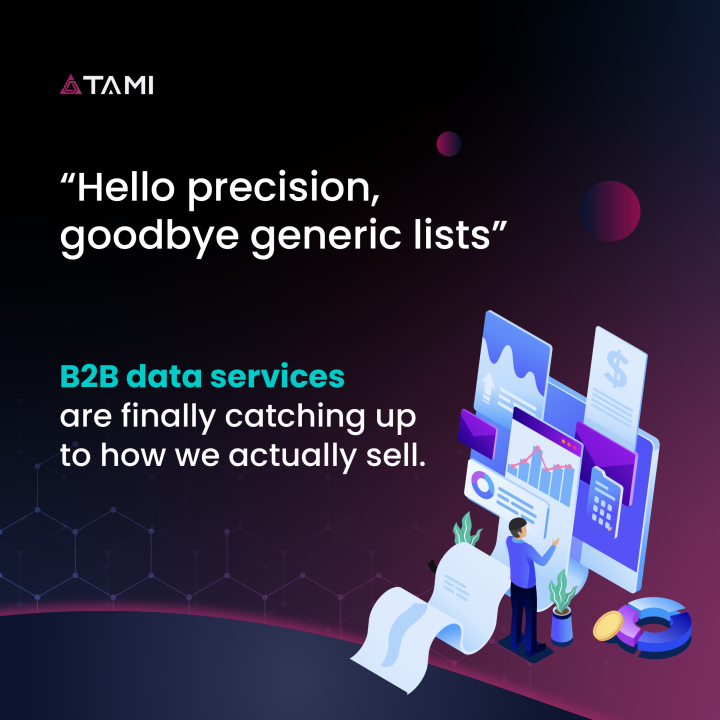
The Ultimate Guide to Qualification: Maximising Your Sales Potential
15/02/2023
Customer testimonial: “TAMI was so good I had to take it with me”
27/03/2023Are you tired of ineffective sales pitches and poorly qualified leads? Look no further, as the BANT qualification framework can improve your sales approach and lead to higher conversions and closed deals. It’s an oldie but a goldie.
BANT stands for Budget, Authority, Need, and Timeline. It is a sales qualification framework that helps sales reps quickly determine whether a potential lead is worth pursuing. By gathering information on these four key areas, you can effectively prioritise your time, leading to a more efficient and successful sales process.
While there are various other qualification frameworks to try, BANT is a simple to use process that works as a great starting point.
Budget: Are They Able to Afford Your Solution?
The first step in the BANT framework is to determine a prospect’s budget. You should start by asking pertinent and open questions with the goal of understanding their financial resources, average order value and any other financial factors. A rejection due to a lack of budget is often unsurmountable, so there’s value in facing this as early in the sales process as possible.
Reminder: Always approach this topic in the appropriate manner, or it could turn messy…
Authority: Do They Have the Decision-Making Power?
The second step aims to qualify the lead themselves and establish whether they are the decision maker. You should aim to understand who is involved in the decision-making process, as well as clarify their level of influence. By establishing their authority upfront, you can determine if the lead can make a purchasing decision; if they can’t, you can direct your efforts towards the correct individual.
Need: Do They Have a Problem Your Solution Can Solve?
Now you’ve qualified the prospect’s budget and authority, it’s important to uncover an underlying issue within their business which your solution will solve. If the prospect already uses a solution like yours, an issue exists:
“And what issue does that solution solve?” or “what issues are you looking to address?”
By establishing a need upfront, you can determine if the solution being offered is a good fit. If at first there appears to be a distinct lack of issues, dig a little deeper… there’s usually something.
Timeline: When Do They Need a Solution?
The final step is the most overlooked part of a good qualification procedure, yet it is crucial to the success of the BANT framework: you should take the time to understand when the prospect needs a solution by, as well as any deadlines or time constraints they may have. Delving into a line of qualification like this helps determine if there is any sense of urgency. You can then capitalise on this or temper their expectations accordingly.
Conclusion
In conclusion, you can use BANT to streamline your sales process and increase conversions. It’s an old method, somewhat reminiscent of the ageing ‘boiler rooms’, but there’s a reason it has stood the test of time. It’s easy to see the benefits of this method. By gathering information on budget, authority, need, and timeline, you can effectively prioritise your time and resources, leading to a more efficient and successful sales process. So, give it a go. It’s not for everyone, but it could be for you.










